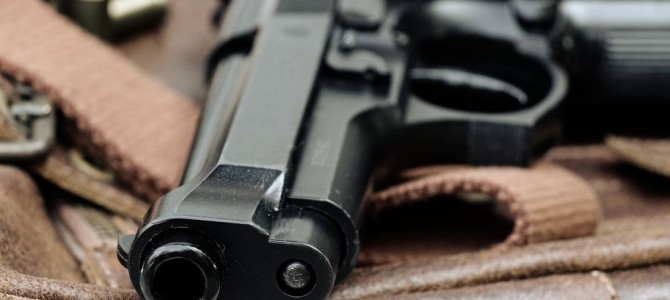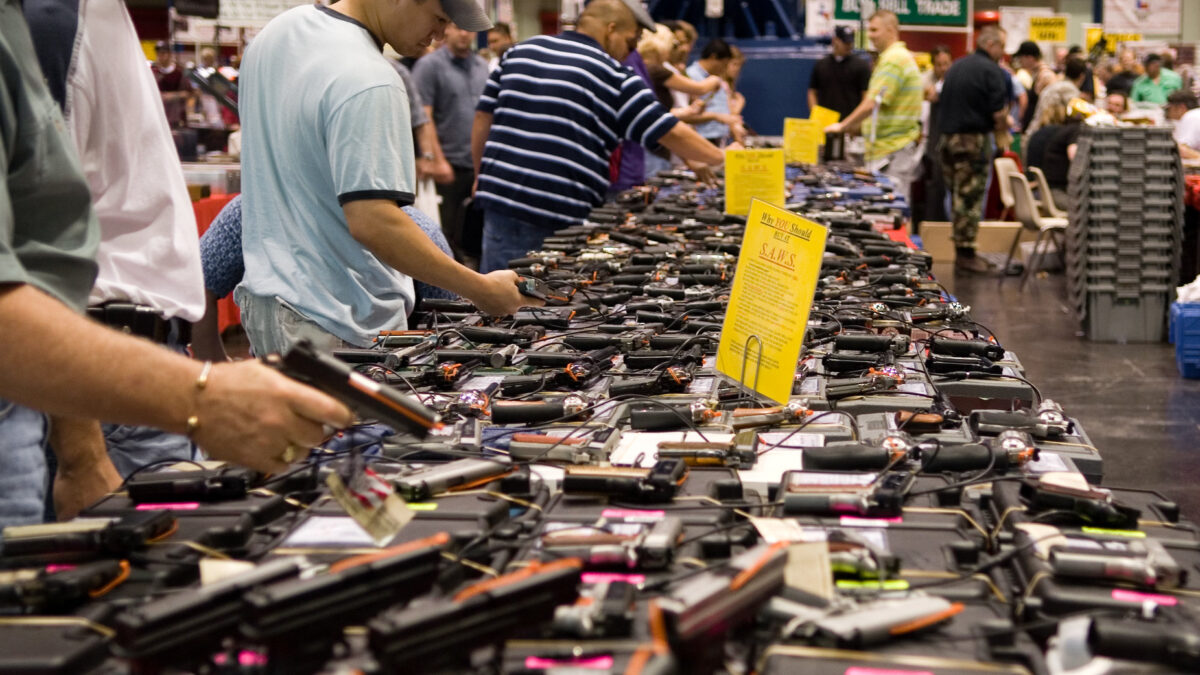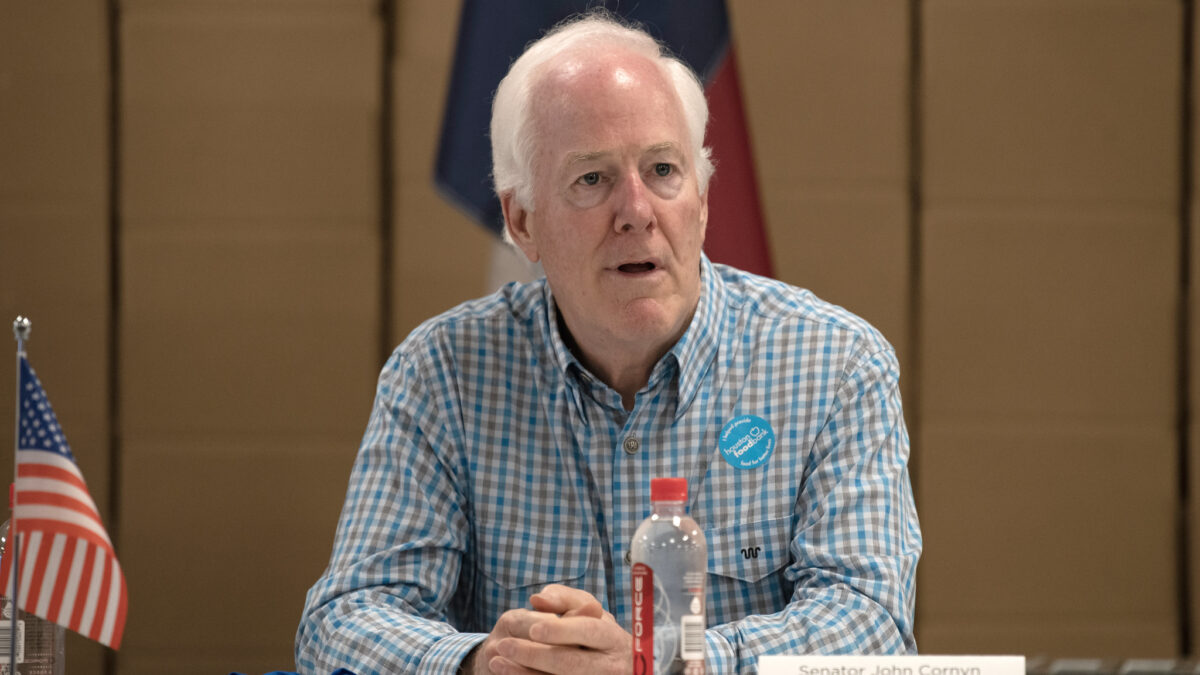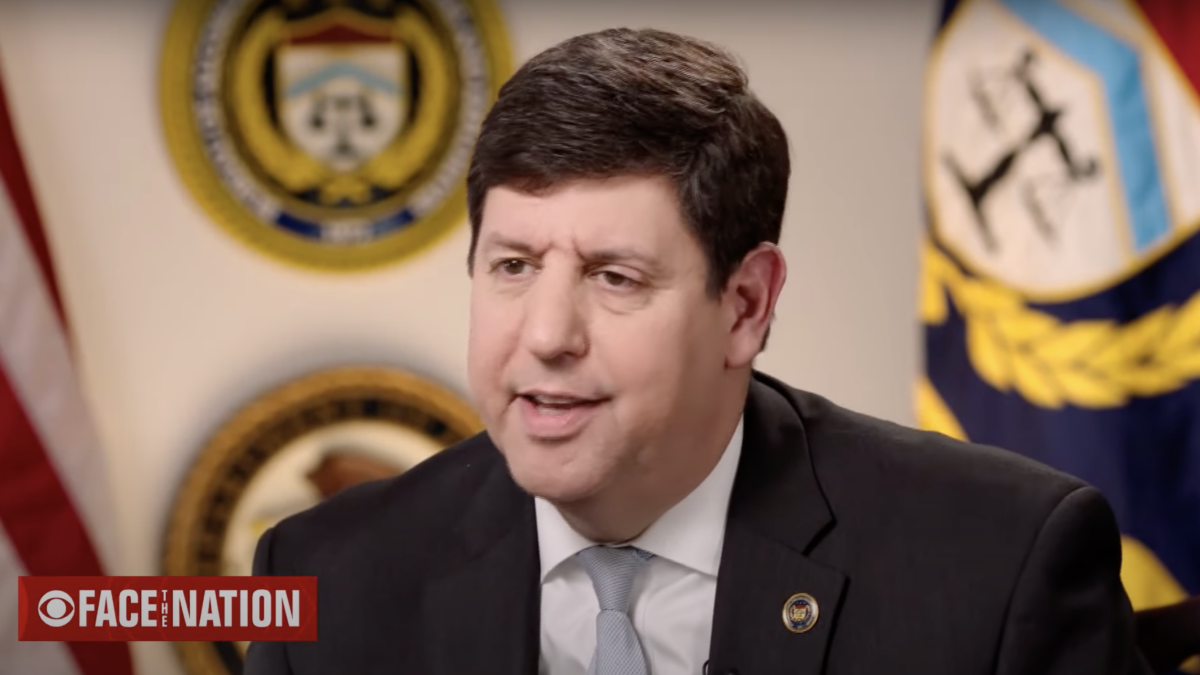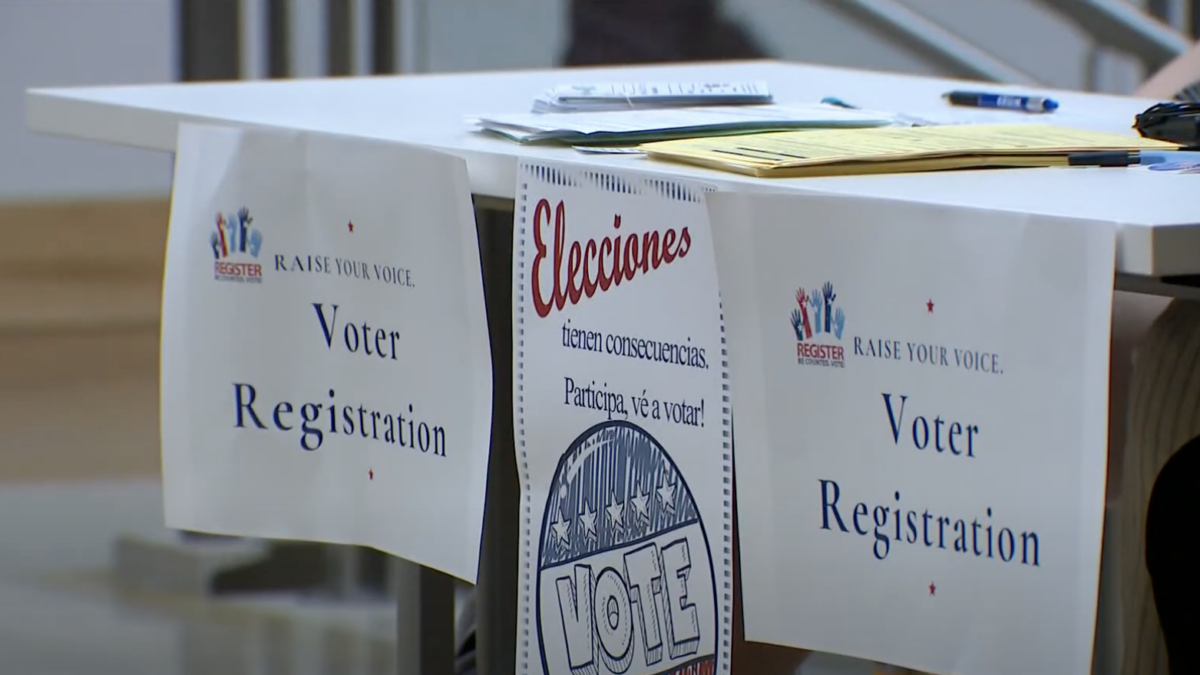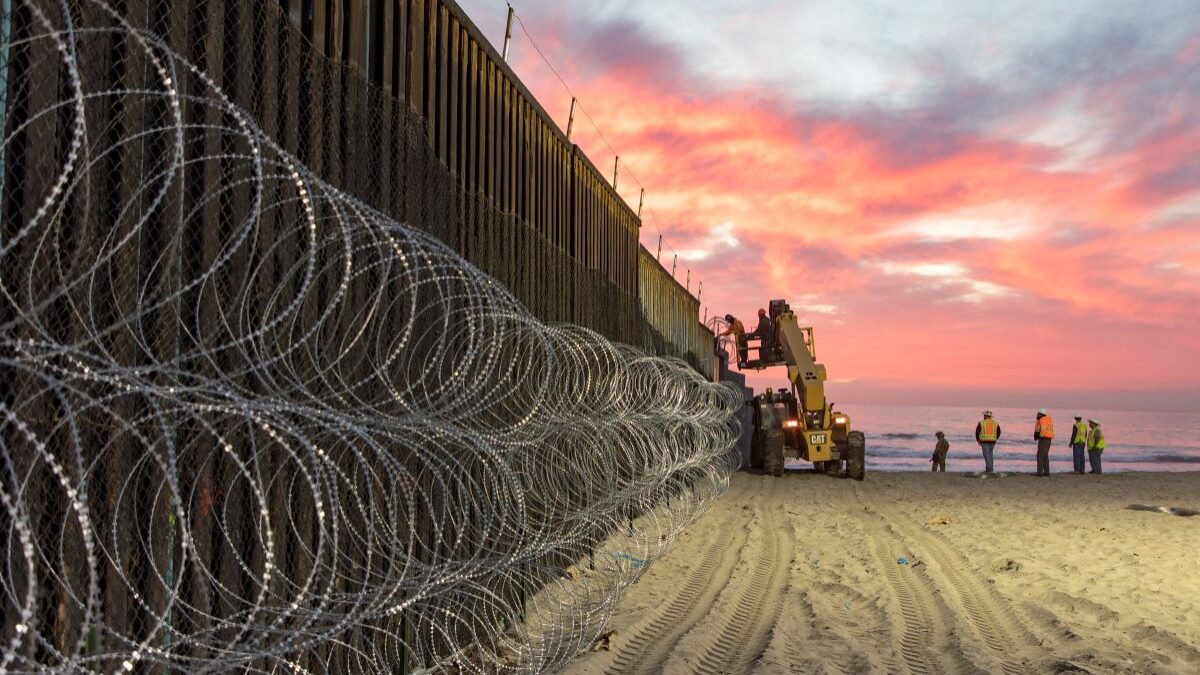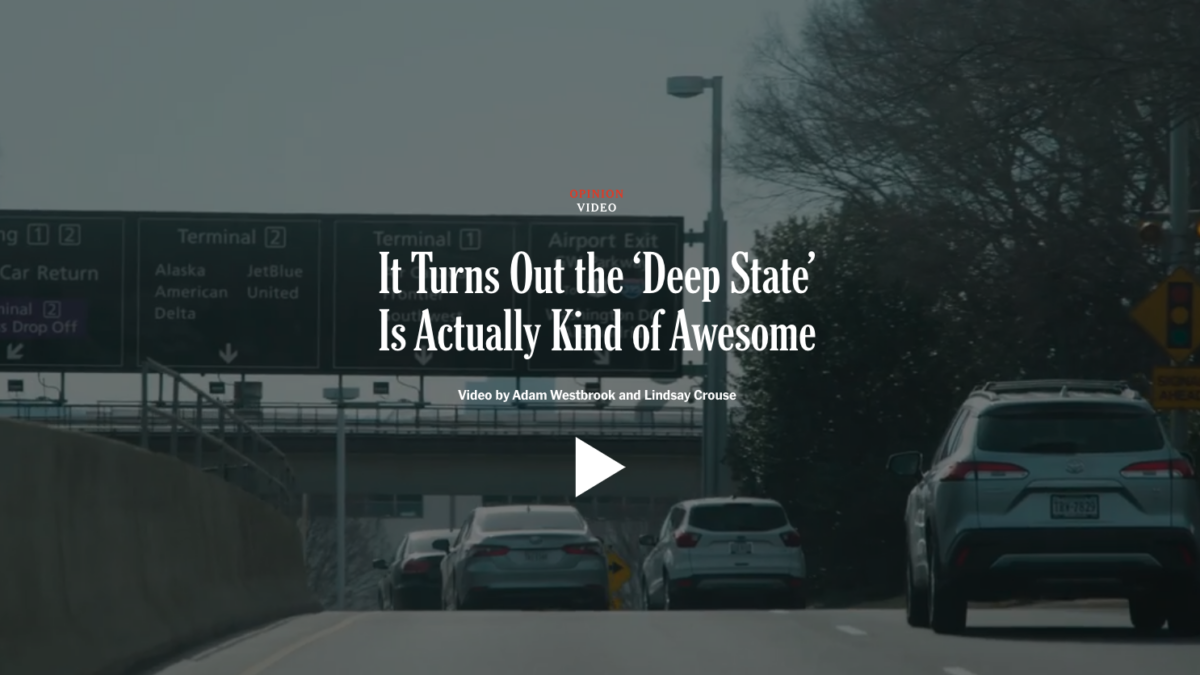One of Ted Cruz’s interns was arrested in September for the unspeakable act of leaving a shotgun shell in his vehicle. In most of the country, some shell casings in the trunk would be no big deal. In D.C., however, unless you have a permit for a firearm connected to that particular type of ammunition, you can be arrested for mere possession of it. This story comes in the midst of several pushes across the country for “ammunition control” by the anti-gun Left.
Ammunition laws are provided in several different flavors, all of which leave a bad taste in the mouth. Some, like those in D.C. and New York City, criminalize the actual possession of ammunition. Others, like legislation that just survived legal challenge in California, either tax ammunition or attempt to track it through microstamping–think tiny, engraved numbers. Although billed as measures to curb violent crime, the reality is that these laws are practically incapable of doing anything but raising costs and giving headaches to lawful gun owners.
The ammunition control discussion constantly conflates cartridges with bullets, making that discussion nearly incomprehensible. A “bullet” is the actual projectile that flies out a gun’s barrel when fired. A “cartridge” is a unit of fixed ammunition composed of a bullet, shell casing, gunpowder, and primer.
This distinction is either ignored or overlooked by gun control advocates. It is important because bullets are one of the most fungible components of firearm ammunition. They can be purchased in bulk almost anywhere and can be easily made at home with inexpensive equipment. With bullets, cartridges are also easily re-manufactured at home.
California lawmakers, in an effort to be outdone by only themselves, are leading the charge for more stringent ammunition control. Already home to the strictest gun and ammunition laws in the country, Californian gun control advocates want higher taxes on ammunition, microstamping technology, and sales limits in an attempt to blame gun violence on ammunition availability.
Microstamping technologies, like those required by California’s soon-to-be-enforced law, seem like something out of the sci-fi thriller “Minority Report.” The idea is that the gun leaves a tiny series of numbers on the cartridge case when fired, indicating the weapon’s make, model, and serial number. The only problem is that it’s not practically possible. The firing pin, which strikes the cartridge, is necessarily hard and brittle. Tiny lettering on a firing pin would be very fast to fracture and fail, or be easily ground off.
In light of this, California’s law was amended to require a microstamp in “at least two locations” on a spent casing. But how California expects this to be done is impossible to tell, as any method of microstamping cases is easily removable. Markings can be ground off just as easily on the firing pin as it can be anywhere else. Creating an effective law doesn’t seem to be the point, though, since even California recognizes microstamping to be easily defeated. It’s clear what the real point is: to make fewer guns available to Californians.
How? California requires the stamping technology on all new firearms to be sold in-state. So any “California-compliant” firearm would need to feature this stamping technology. Gun manufacturers will either forgo selling to Californians, or have to charge exorbitant prices to make up for the cost of the technology. The result–and quite possibly the object–of these laws will be to restrict the availability of new firearms. Compliant guns will be expensive, unavailable to those who need them most–disadvantaged people in crime-ridden neighborhoods–and non-compliant guns will expose owners to criminal prosecution.
Other laws, like those popping up in Michigan’s Wayne County, impose limits and conditions on ammunition sales. The idea is to prevent crime, but criminals don’t need boatloads of ammunition. Most crimes involving mutual gunfire with police average fewer than three shots fired. People need ammunition in quantity for training. It is difficult enough to become competent with firearms as it is. Making it cost-prohibitive to practice will only make it harder.
The Wayne County law is incompetent for any purpose. It attempts to solve the training problem by excluding purchases at firing ranges, leaving those who train on private property out to dry, and failing to address readily available home-ammunition production. All these laws can really accomplish is driving up costs. D.C. and New York impose high training and licensing costs to own arms and ammunition, California requires technology that is expensive at best and nonexistent at worst, and ammunition taxes nakedly drive up costs.
These laws don’t affect criminals, who can plan ahead or go around the laws. They don’t affect hardcore hobbyists, who can rely on older firearms and make their own ammunition. Ultimately, these laws only discourage regular people—poor people especially—from owning the most effective tools for self-defense. The poor make up the majority of violent crime victims, which is why it is the poor who need guns and training for self-defense. Let’s not pretend California’s doing the right thing here.
